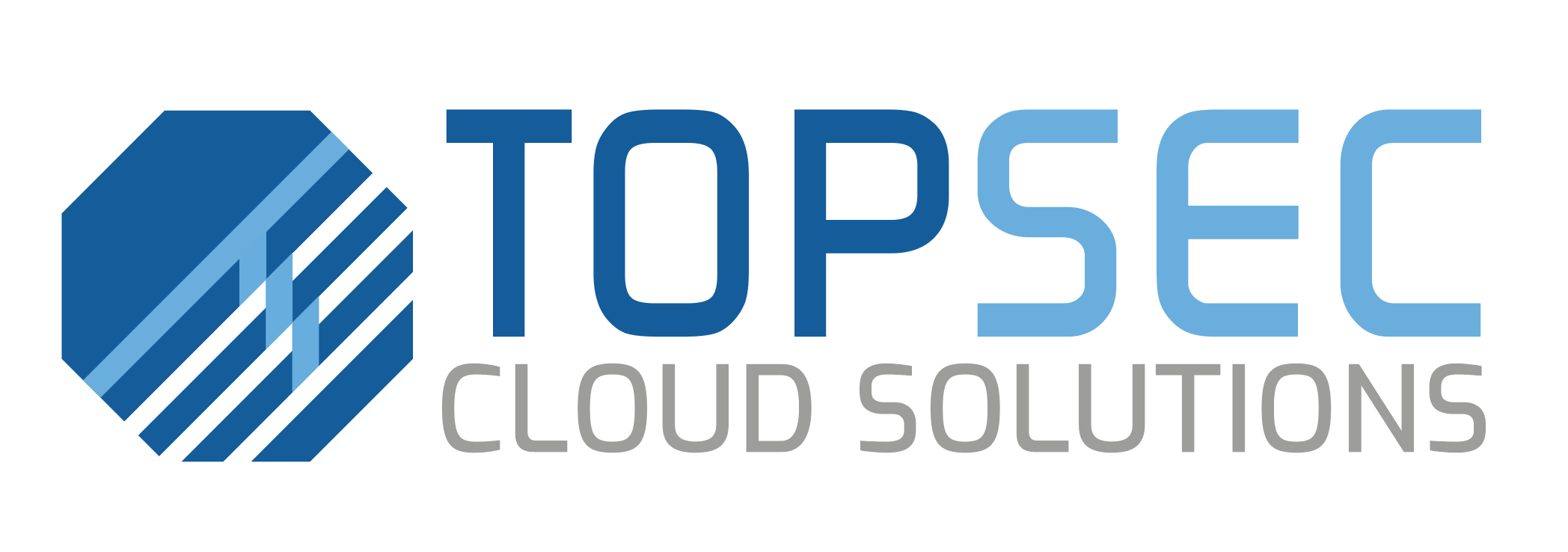Securing Your Digital Lifeline: The Essential Guide to Email Security

Securing Your Digital Lifeline: The Essential Guide to Email Security Know why email is still the number one attack vector and why email security matters Get a Quote Download Datasheet Email Security > Securing Your Digital Lifeline: The Essential Guide to Email Security As we close 2023, it’s worth exploring the critical importance of email security in our comprehensive guide. Cyber criminals are becoming more sophisticated. Therefore, developing actionable strategies to safeguard your emails in 2024 against phishing, malware and other cyber threats is time well-spent. In an era where digital communication is ubiquitous, the significance of email security cannot be overstated. As reported by HubSpot, an astonishing four billion individuals engage in daily email usage, making it a prime target for cybercriminals. But the good news is there are plenty of practical ways to shield your precious data from potential data risk. Understanding and preempting these risks ensures your peace of mind, and the peace of mind of your customers, with the assurance that your email exchanges are well-protected. By Cian Fitzpatrick | 21st December 2023 Why Email Security Matters Confidentiality Emails are often repositories of sensitive data – personal details, financial information and/or even strategic business plans. The lack of robust security measures can lead to dire consequences if this data falls into the wrong hands. Prioritising email security is key to maintaining the confidentiality of your digital conversations and safeguarding critical data. Privacy Your inbox is a vault of private interactions, ranging from personal chats to confidential business dealings. Unauthorised intrusion into your email can severely compromise your privacy. Implementing stringent security measures is essential to protect your personal data from prying eyes. We share how below. Data Integrity Ensuring the integrity of your emails is vital. It guarantees that the information relayed remains authentic and unaltered during transmission. Strong email security protocols can thwart unauthorised changes, thus maintaining the reliability and authenticity of your digital correspondence. Protection Against Malware and Phishing Attacks Email is a common conduit for cyber-attacks, including malware and phishing schemes. Cybercriminals often deploy sophisticated methods to deceive and gain unauthorised access to sensitive data. Robust email security measures are crucial in detecting and intercepting suspicious emails, reducing the risk of such attacks. Compliance with Regulations Various industries enforce regulations to safeguard sensitive data. Compliance is essential to avoid legal repercussions and reputational harm. Strong email security practices help businesses meet these requirements, protecting their customers’ and partners’ sensitive information. Stay a step ahead of malicious actors Get Quote Best Practices for Email Security Strong Passwords Use complex, unique passwords for email accounts. It’s one of the easiest ways to protect yourself, yet many people still use passwords that can be easily deciphered. Avoid predictable information like birth dates. Password managers can aid in generating and securely storing robust passwords. Two-Factor Authentication (2FA) Enhance security by enabling 2FA. This requires a secondary verification method, such as a text message or app, in addition to your password. This is vital even if your password is compromised. Beware of Phishing Emails Be cautious with emails that request personal info or urge you to click on dubious links. Look out for signs of phishing like misspellings, odd URLs or undue urgency. Verify the email’s legitimacy through a separate channel if in doubt. Regular Updates Keep your email client, antivirus, and operating systems updated. This protects against known vulnerabilities. Install updates promptly for the latest security enhancements. Email Encryption Encrypt sensitive emails for an additional security layer, ensuring only the intended recipient can view the content. Utilise your email provider’s encryption options or third-party tools for heightened security. Regular Backups Back up your emails to protect against accidental deletion or security breaches. Cloud-based solutions or local backups can ensure message and attachment recovery. Caution on Public Wi-Fi Avoid accessing email on public Wi-Fi networks to prevent data interception. Use a VPN for a secure connection when necessary. Why Is Email the Number 1 Attack Vector? Emails are a prevalent initial infection vector due to their universal use and the volume of emails employees handle. This creates a false sense of security, which cybercriminals exploit through phishing attacks. With the growth of cloud-based email, these attacks have become more frequent and effective. The Phishing Threat Phishing emails exploit social engineering to target organisation employees. These emails can lead to credential theft, installation of malware, or broader network access for cybercriminals. Over 90% of cyberattacks start with a phishing email, underscoring their effectiveness. Exploiting Cloud Email The rise of cloud computing has opened new attack vectors via cloud-based email and document sharing services. Attackers often masquerade phishing emails as legitimate shared documents to steal credentials and access sensitive company data. The Potential Damage of Malicious Emails Phishing emails can result in credential theft, fraudulent payments, Trojan installations, or ransomware delivery. These attacks only require one employee to be successful, but often target multiple employees to increase their chances. Why Built-In Security Isn’t Enough Many organisations rely on default security settings from their email providers, which are insufficient against various threats like zero-day malware, social engineering and employee negligence. Comprehensive email security solutions must go beyond these basic measures to effectively counteract sophisticated cyber threats. Advanced Threat Protection Utilising advanced threat protection (ATP) tools is essential in identifying and neutralising sophisticated email threats. ATP solutions use machine learning and heuristics to detect anomalies and patterns indicative of malicious activity, providing a more dynamic defence against evolving cyber threats. User Education and Awareness One of the most effective defences against email-based threats is an informed and vigilant workforce. Regular training sessions on identifying phishing attempts, safe email practices, and the importance of security protocols can significantly reduce the risk of successful cyber attacks. Regular Security Audits Conducting periodic security audits of your email systems can reveal vulnerabilities and compliance issues. These audits should assess all aspects of email security, from infrastructure to user practices, ensuring that every component of your email ecosystem is secure. Implementing Email Authentication Protocols Adopting email

